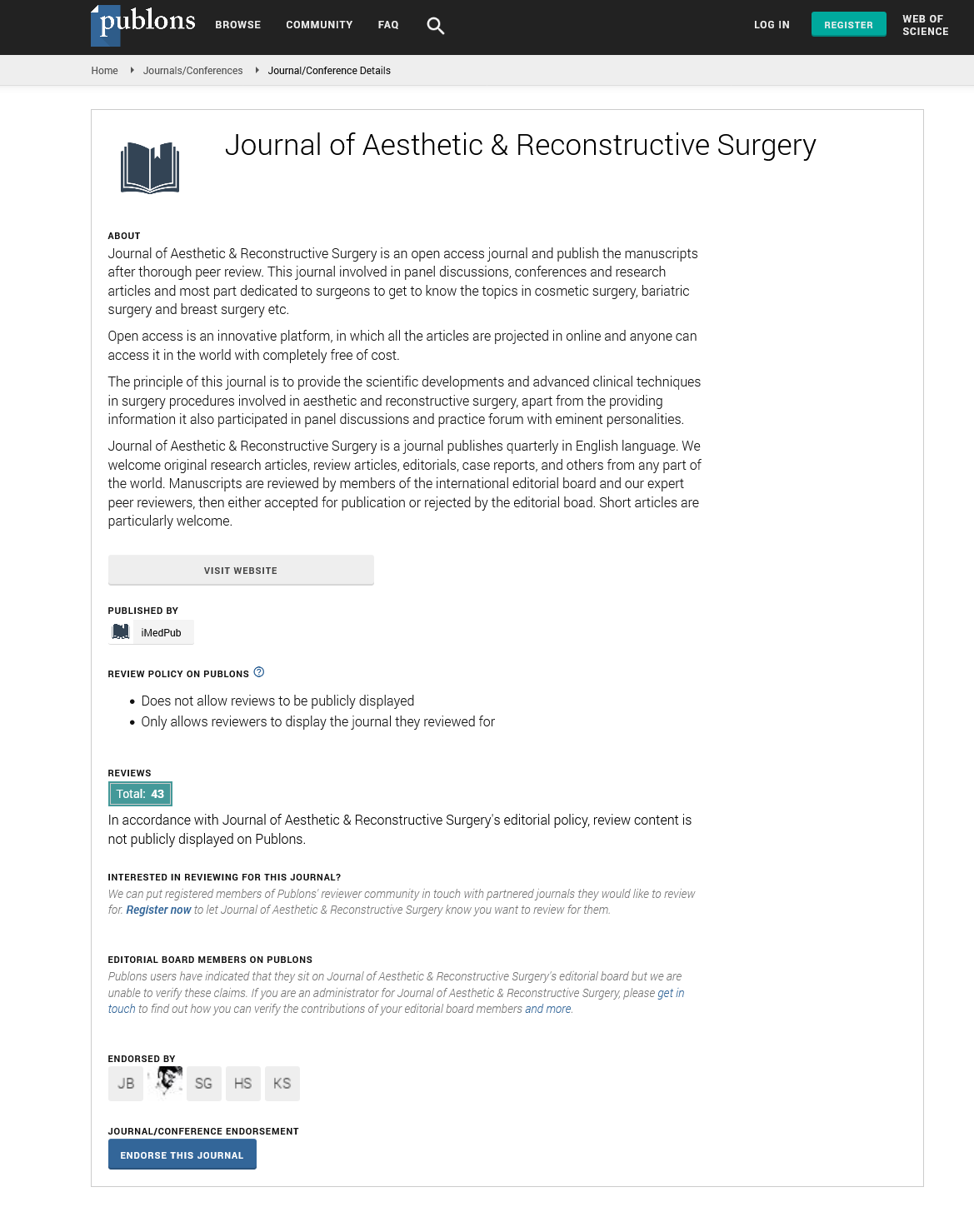Abstract
Critically Analyse the Historical and Economic Contexts of Aesthetic Practice
Botulinum Toxin is produced by Clostridium botulinum, a gram-positive anaerobic bacterium. The first case of Botulism was believed to have occurred in Germany in 1793 a rare and potentially fatal illness causing weakness, blurred vision and neurological manifestations that can lead to respiratory failure. Commonly acquired through ingestion of contaminated or improperly processed food and from wound infection. This toxin exists in eight distinct forms; A to G, with A, B, E & F causing Human botulism. The same organism, Clostridium botulinum type A (BoNTA) has been cultivated and is a widely used therapeutic and cosmetic agent. It is the core component of “BOTOX®”- the infamous tradename for anti-wrinkle injection treatment. Beyond cosmetic use, BoNTA has numerous therapeutic uses; migraines, spastic disorders, bruxism, hyperhidrosis and cerebral palsy are just a handful of examples. In the past decade cosmetic use propelled its popularity; used to treat glabellar “lines, the frontalis muscle, peri-orbital lines, gummy smile and masseter muscle hypertrophy”.
Whilst Botulinum Toxin was known about as early as the 1700’s and has been refined over time to produce a safe and widely used products today- the history of Dermal Fillers and their role in cosmetics and therapeutic Medicine is much shorter. First discovered in 1970s, when animal Collagen and in particular Bovine Collagen was used as the basis of collagen injections and implants. Being a foreign body, adverse reactions and rejection was high with numerous complications experienced. It was not until the discovery and implementation of Hyaluronic Acid; an already abundant substance in the human body in Dermal Fillers that increased its safety profile and subsequently popularity. Similar to BoNTA, Dermal Filler treatment has had a role to play in clinical and cosmetic treatments. HA plays a key role in “tissue injury, regulating tissue repair and disease processes, such as activation of inflammatory cells to mount an innate response to injury” whilst also providing “protection against tissue damage” and “promotes (tissue) regeneration and repair”. In the Aesthetic industry it plays a central role in ‘volume replacement’ and is widely used to treat lines and reshape the face. The premise of dermal filler treatment in aesthetics is to use high concentration of Hyaluronic Acid to replace lost collagen or to increase tissue volume- depending on the treatment requested and client desired outcome.
This essay will explore the development of BoNTA & dermal fillers and how they have been adapted for therapeutic and cosmetic use, thereby making them one of the most versatile and popular treatments today and being the core component of a multi-billion-pound industry.
Author(s):
Haroon Hamid
Abstract | Full-Text | PDF
Share this

Google scholar citation report
Citations : 130
Journal of Aesthetic & Reconstructive Surgery received 130 citations as per google scholar report
Journal of Aesthetic & Reconstructive Surgery peer review process verified at publons
Abstracted/Indexed in
- Google Scholar
- China National Knowledge Infrastructure (CNKI)
- Directory of Research Journal Indexing (DRJI)
- WorldCat
- Publons
- Geneva Foundation for Medical Education and Research
- Secret Search Engine Labs
- Euro Pub
Open Access Journals
- Aquaculture & Veterinary Science
- Chemistry & Chemical Sciences
- Clinical Sciences
- Engineering
- General Science
- Genetics & Molecular Biology
- Health Care & Nursing
- Immunology & Microbiology
- Materials Science
- Mathematics & Physics
- Medical Sciences
- Neurology & Psychiatry
- Oncology & Cancer Science
- Pharmaceutical Sciences


